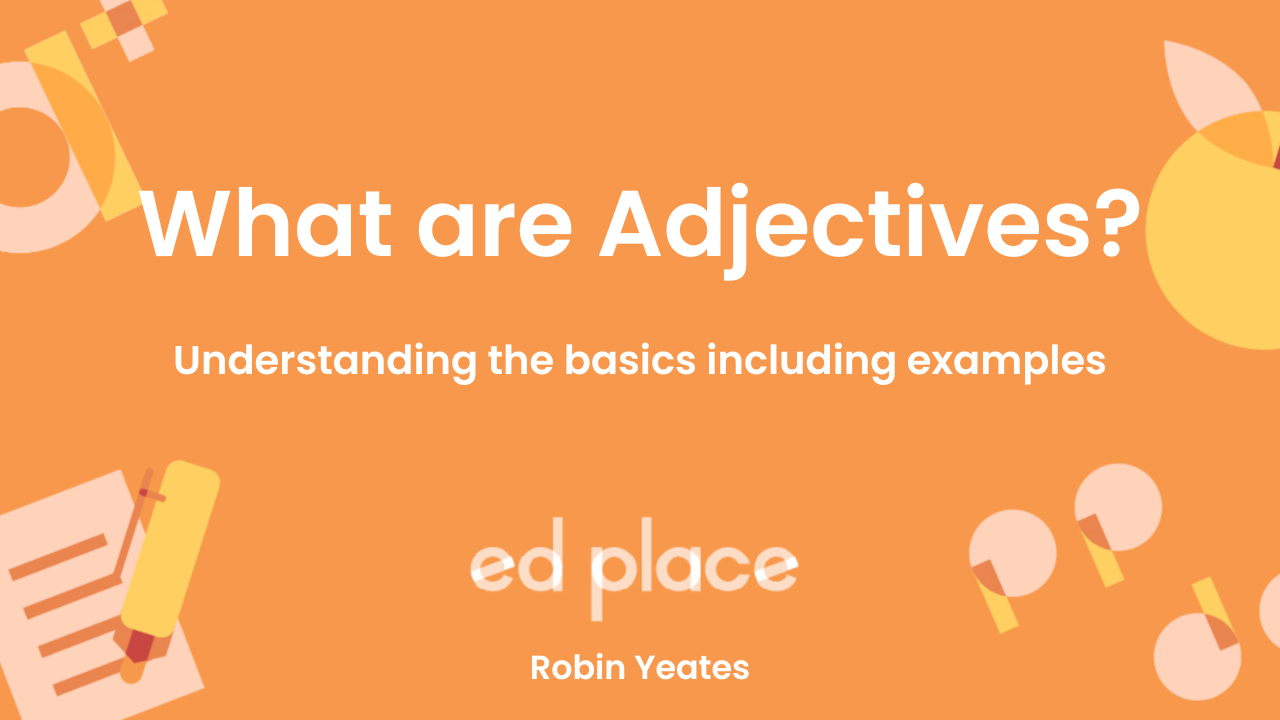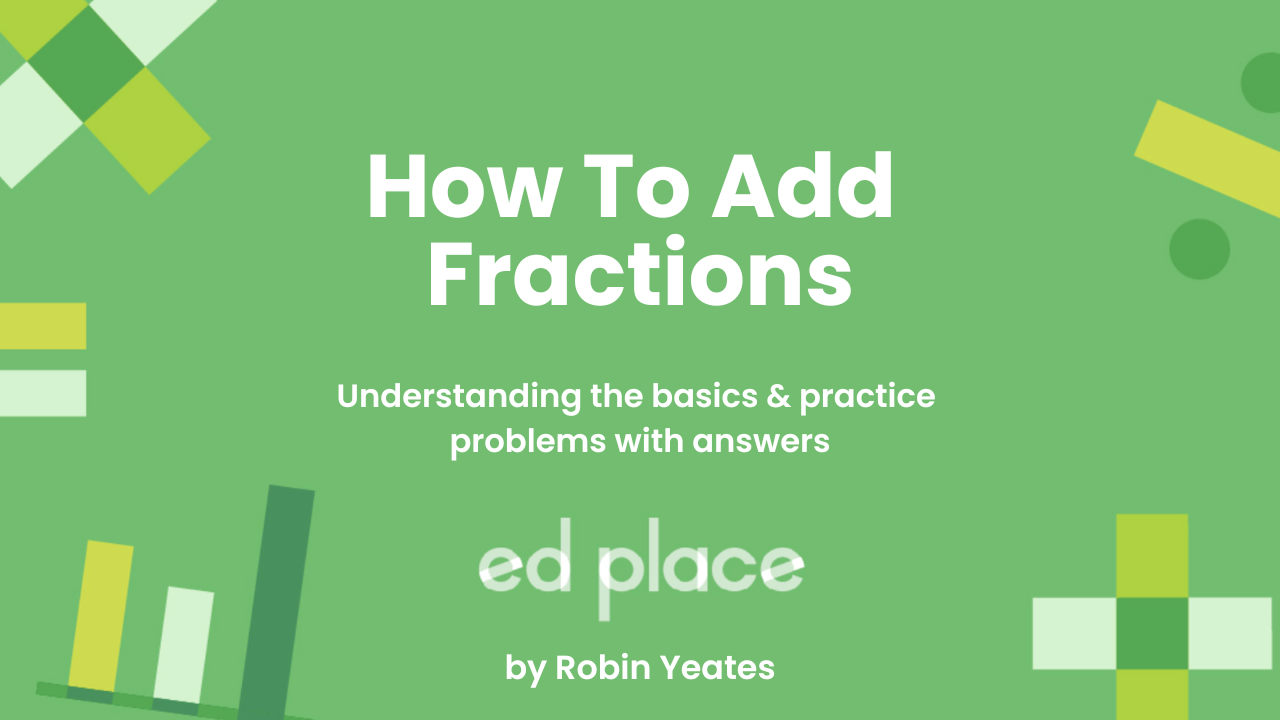Understanding Metaphors
I’m sure you’ve heard things like this before: ‘The journey home was a nightmare!’ or ‘You’ve got a heart of gold.’ or ‘Laughter is the best medicine.’ They are all metaphors and they’re great ways to add a different dimension to your writing.
A metaphor is a figure of speech where you describe something by saying it is something else, even though it’s not literally true. By using metaphors, we can create vivid images and make our language more powerful. For example, if someone says, "Time is a thief," they don’t mean time is literally stealing something, but they’re implying that time can take things away from us, like moments or opportunities. Metaphors allow us to express ideas in a more imaginative and meaningful way, which is why they’re so great to use.
.png)
Metaphors are an extremely useful tool in creative writing (so long as they’re not done too often) - but they’re also everywhere in everyday language. We use them all the time without even realising it – in books, movies, and even casual conversations. Understanding metaphors can help improve your reading comprehension and make your own writing more engaging. When used well, metaphors can help bring language to life!
Recap: Understanding Similes
Before diving deeper into metaphors, it’s helpful to quickly review similes so you’re clear on the difference as they often get confused. A simile is a comparison between two things using "like" or "as." For example, you might say, "Her smile is as bright as the sun." This helps the reader picture just how radiant her smile is, but it keeps the comparison a little more literal by using "as" or "like."
A metaphor, on the other hand, makes the comparison more direct and figurative by removing "like" or "as." Instead of saying "Life is like a rollercoaster," a metaphor would be "Life is a rollercoaster," comparing life directly to a rollercoaster. The metaphor paints a picture that life has its ups and downs, much like a rollercoaster, without needing to explain the comparison.
Try our Identify Similes worksheet before reading on so you are confident on the difference!
Identifying Metaphors in a Sentence
Now that you know what a metaphor is, let's look at how to spot one in a sentence. Metaphors make direct comparisons between two unlike things, often giving a deeper meaning to the description. Here’s how you can easily identify a metaphor in a sentence:
1. Look for Direct Comparisons
A metaphor will directly say that something is something else, even though it’s not literally true. Unlike similes, which use "like" or "as," metaphors remove those words to make the comparison stronger and more imaginative.
2. Understand What is Being Compared
To identify a metaphor, first find the two things being compared. One of them is usually the subject (what the sentence is about), and the other is the object or idea it’s being compared to.
3. Interpret the Metaphor’s Meaning
Once you’ve spotted the comparison, think about the deeper meaning. What does the metaphor suggest? Why did the writer use this comparison? Metaphors often help us understand abstract ideas by linking them to something more familiar.
Let’s take a look at a couple of examples:
"The snow was a blanket over the town."
In this metaphor, the snow is being compared to a blanket. This suggests that the snow completely covered the town, just like a blanket covers a bed. The comparison helps the reader picture the thick, soft layer of snow.
Here’s another one:
"His heart had a heart of stone.”
Here, the heart is being compared to a stone. The metaphor implies that his heart is cold or rough, much like stone is cold and hard. It’s a powerful way to describe how uncaring or unaffectionate someone is.
By looking for these direct comparisons and thinking about what they mean, you can easily spot metaphors and understand how they bring language to life!
Using Metaphors in Your Own Writing
Now that we’ve looked at how we can spot and understand metaphors whilst reading, let’s take a look at how we can use them ourselves to make our writing much more engaging and creative! When used effectively, metaphors can add depth to your descriptions and help the reader connect with your ideas. Here’s how you can start using metaphors in your writing:
1. Choose the Right Comparison
When creating a metaphor, pick two things that share a key similarity. The comparison should make sense and help the reader understand something better. For example, if you’re writing about someone who is calm and reliable, you might say "She is a rock," because rocks are steady and strong.
2. Think About the Tone
Metaphors can add vivid imagery, but they need to match the tone of your writing. A playful metaphor might not fit in a serious essay, and a heavy metaphor could feel out of place in light-hearted writing. Always consider the mood you want to create.
3. Make Abstract Ideas Clearer
One of the best uses of metaphors is to explain emotions, ideas, or concepts that might be hard to describe literally. Metaphors can take something abstract, like determination or love, and make it feel more tangible. They help readers visualise what you’re describing in a way that’s relatable and memorable.
4. Learn From Reading
As you read different types and genres of books and other text, you’ll come across a variety of commonly used and creative metaphors to describe different things. If you can identify and understand some as you read, you’ll be able to use them more effectively in your own writing! It’s OK to pinch them!
Let’s see if we can make a metaphor together:
I want to describe someone who is very determined.
What comes to mind when you think about a determined person? They are someone who is unstoppable, persistent, and won’t let anything get in their way.
If we think about things that cannot be stopped and will reach their end goal no matter what, we could think of a piece of machinery - like a steamroller. Steamrollers can be thought of as unstoppable and persistent, much like the person you’re trying to describe.
So we could say that "They are a steamroller" - likening the very determined person to a steamroller.
What other ways can you think of to describe a determined person using a metaphor?
By carefully selecting metaphors that fit your tone and subject, you can transform your writing into something more dynamic and meaningful!
Now try these…
Now that we’ve learnt how to identify and understand metaphors, and use them for ourselves, give these questions a go to solidify your understanding!
- Is this a simile or a metaphor? "Her smile was as bright as the sun.”
- Is this a simile or a metaphor? “The classroom was a jungle.”
- How does this metaphor describe the clouds? "The clouds were cotton candy in the sky.”
- What does this metaphor tell you about the person it is describing? "His heart was a locked door.”
- What does this metaphor tell you about the wind? "The wind whispered through the trees.”
Answers
- Simile – The sentence uses "as" to compare the smile to the sun.
- Metaphor – The classroom is directly compared to a jungle without using "like" or "as." This suggests the classroom was wild or chaotic, like a jungle.
- The clouds are being compared to cotton candy, suggesting they are soft, fluffy, and light.
- His heart is compared to a locked door, implying he is emotionally closed off or unwilling to open up to others.
- The wind is compared to someone whispering, suggesting that the wind was soft, gentle, and quiet as it moved through the trees.
Go Further
Now it's time to create your own metaphors! Try describing the following in a creative way:
- Describe a busy street using a metaphor. What is the street like?
- Describe a person who is very friendly using a metaphor. How does their friendliness show?
Understanding metaphors is key to unlocking richer, more imaginative language, both in reading and writing. By recognising metaphors and practising how to use them, you can add depth and creativity to your own writing, making abstract ideas come to life. Keep practising, and soon you’ll be able to spot and create metaphors with ease!
Take a look at some of these worksheets to test what you’ve learnt so far:


.png)
.png)





